kottke.org posts about Piet Mondrian
I somehow didn’t know until recently that Piet Mondrian created a whole series of flowers, including charcoals and watercolors.
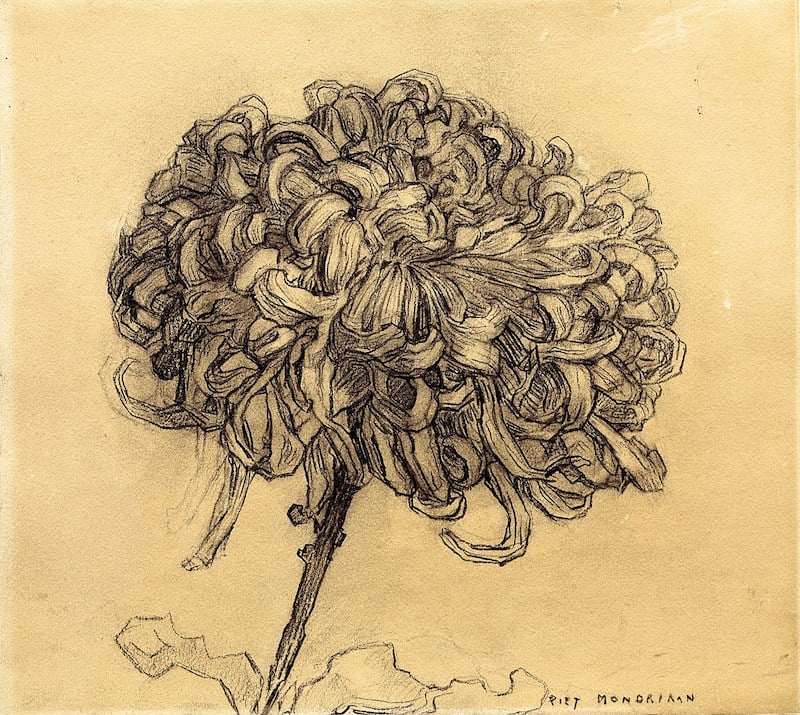
The chrysanthemum, at least, is very Van Gogh. The amaryllis gives a hint of the primary colors to come in his work.
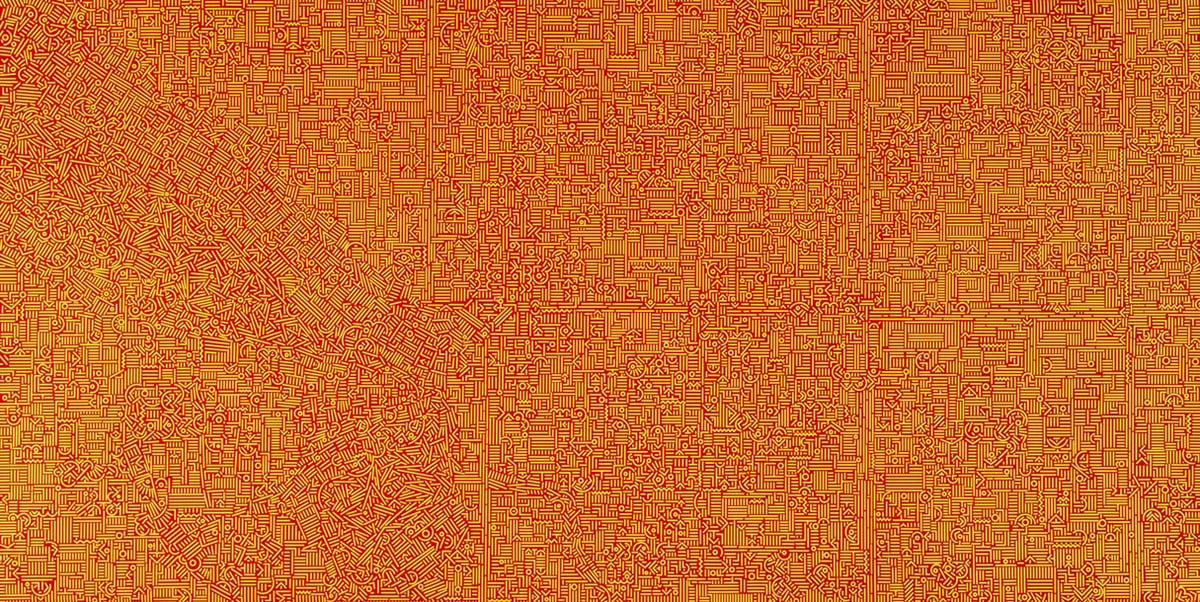
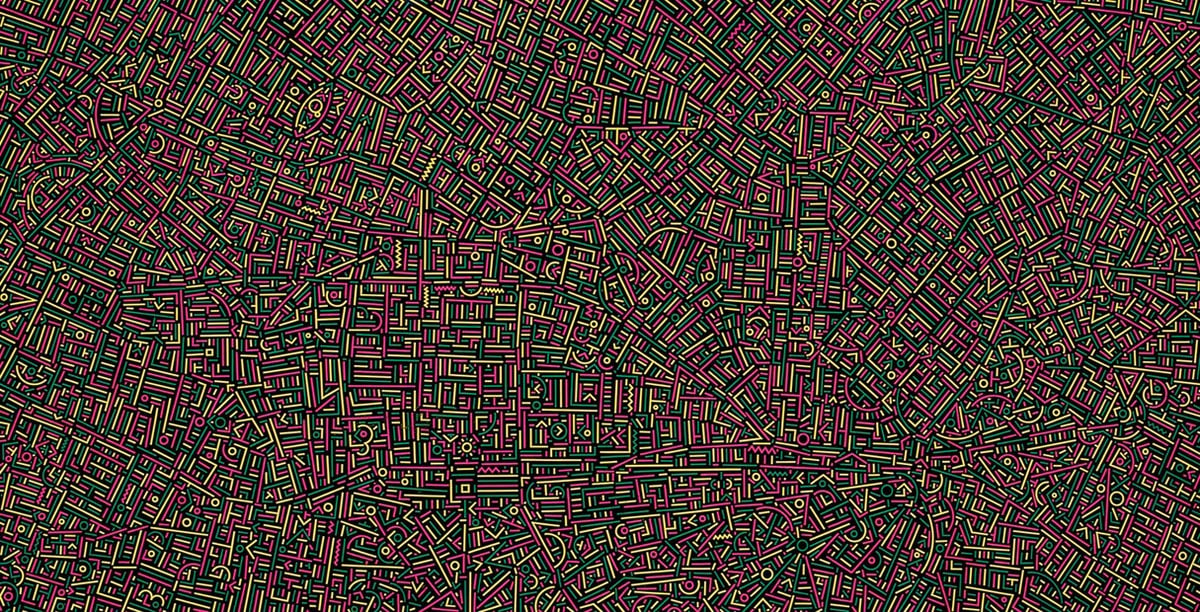
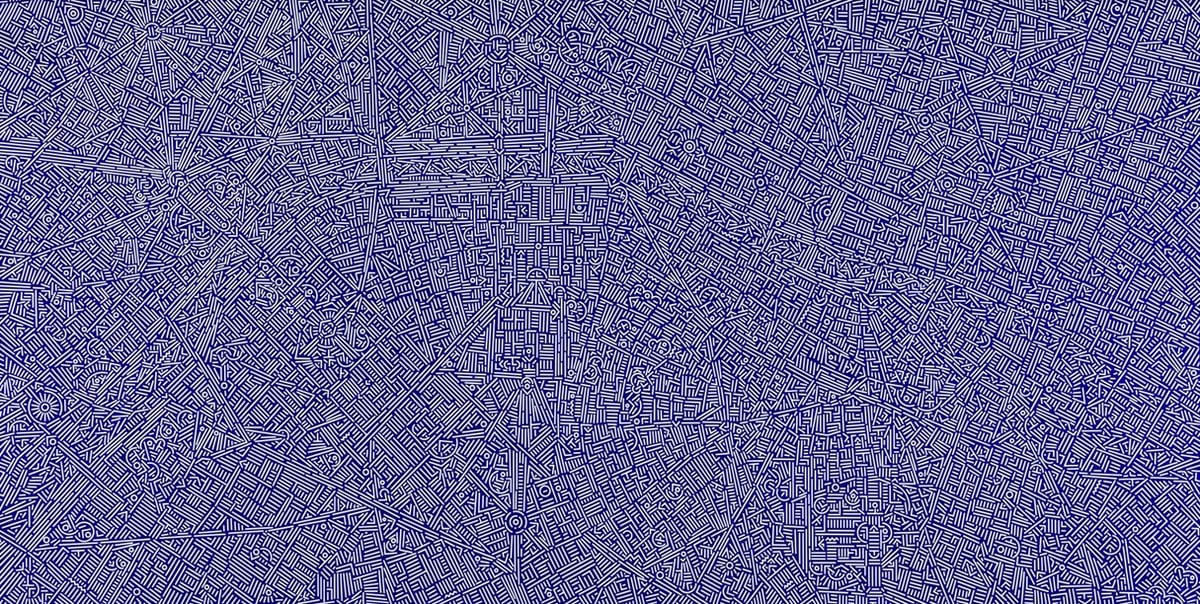
After Piet Mondrian moved to New York in 1940, his work became influenced by Manhattan’s grid system, particularly expressed in Broadway Boogie Woogie. Similarly, for his City DNA project, Xinjian Lu studied satellite maps of cities like Beijing, Athens, New York, and Los Angeles and then created these maze-like paintings that resemble the street layouts of each city. Mondrian++. Holy moly, I *love* these.
From top to bottom, Lu’s paintings depict Beijing, London, and Paris.
If Mandelbrot and Mondrian had a baby, it might look a little something like this:
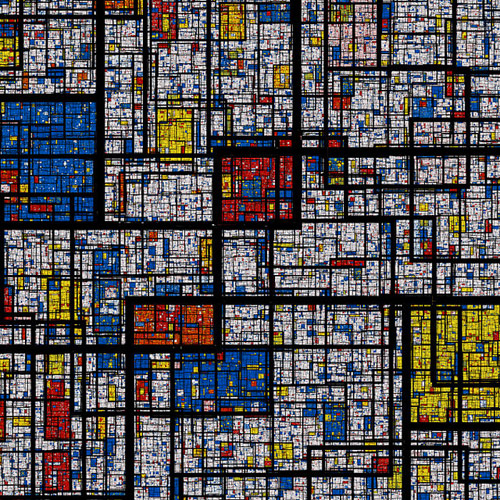
Awesome. There’s also a zoomable version but not a very deep one…would be nice to have an infinitely zoomable version in Processing or something.
Composition with JavaScript is a Piet Mondrian painting with moveable lines and changeable colors so that you can make your own version.
Composition with Javascript is an interactive work made using HTML, CSS, Javascript and jQuery, based on Piet Mondrian’s “Composition with Yellow, Red, Black, Blue and Grey” (1920). It allows everybody deconstruct the original painting and form it again in whatever he or she wants. Lines are shiftable (just drag it with your mouse) and colours changeable (click on it). Texture of the painting was preserved for authentic look. One can play with composition, forms and colours, alter the harmony of the piece or even destroy it and compose something pictorial.
In the mid-1960s, Bell Labs’ A. Michael Noll programmed a computer to paint like Piet Mondrian. Can you tell who did this one before clicking through?
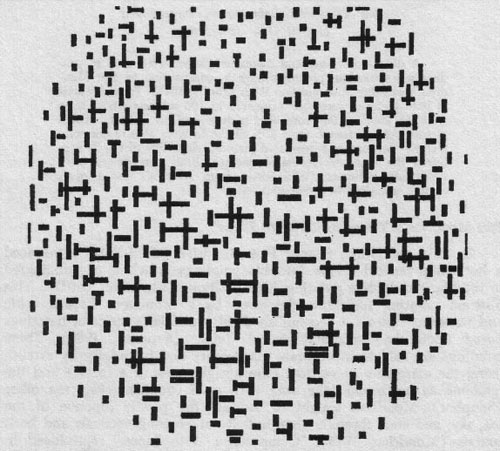
(via @christianbok)











Stay Connected